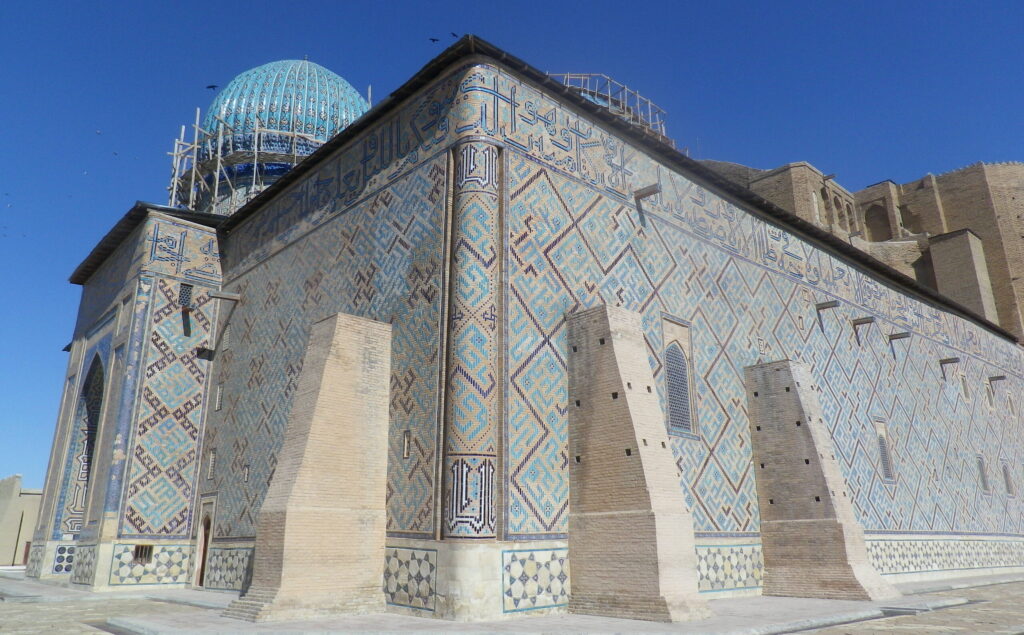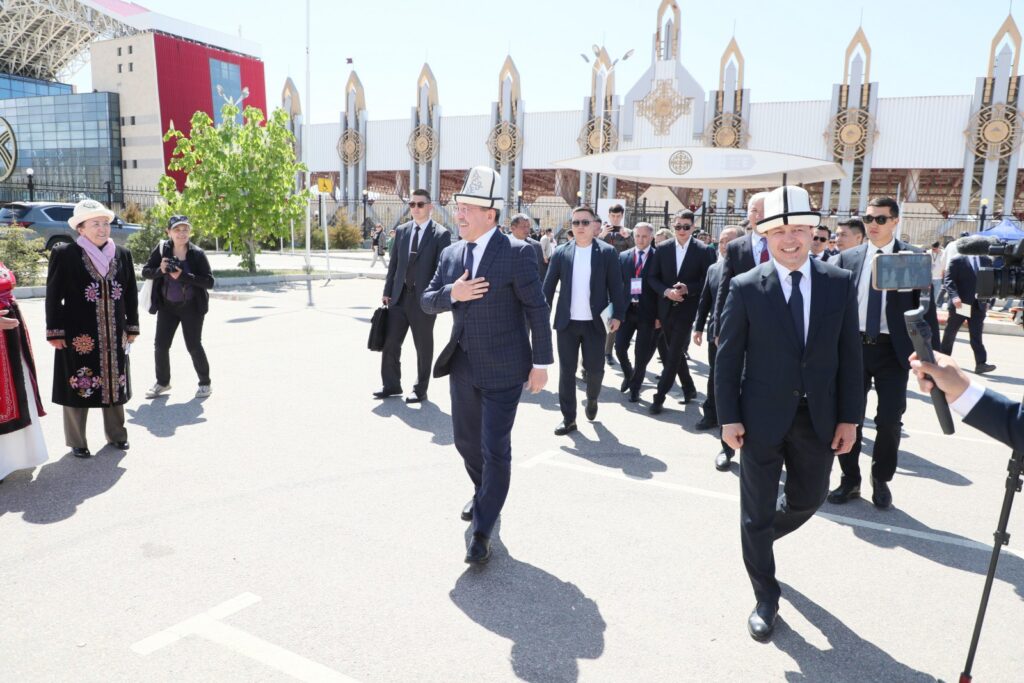First Tourist Train Links China’s Xi’an and Kazakhstan’s Almaty
On May 29, the inaugural tourist train connecting Xi’an, the capital of China’s Shaanxi province, with Almaty, Kazakhstan’s largest city, departed, marking a new chapter in cross-border tourism and cultural exchange. According to the national railway operator, Kazakhstan Temir Zholy (KTZ), the departure ceremony was held in Xi’an and attended by a Kazakh delegation led by KTZ Deputy Chairman Anuar Akhmetzhanov, along with representatives from Chinese authorities, tourism agencies, and transport organizations. Akhmetzhanov emphasized that the project aims to deepen cultural ties and boost bilateral tourism. “We are confident that this journey will leave a lasting impression on our guests from China and lay the groundwork for new joint initiatives,” he said. The train will travel through Urumqi in Xinjiang, cross the Kazakh-Chinese border at Khorgos, and proceed via Altynkol station to Almaty. The train comprises nine carriages and is carrying 246 passengers, including Chinese businesspeople, academics, entertainers, and athletes. During their five-day visit, passengers will explore the historical and cultural landmarks of Kazakhstan’s southern capital, participate in organized tours, and attend cultural and business events. Xi’an also holds strategic importance for Kazakhstan as the site of a Kazakh-operated logistics terminal. This facility has significantly boosted rail container traffic along the Trans-Caspian International Transport Route (TITR), a key corridor linking China and Europe via Kazakhstan.






